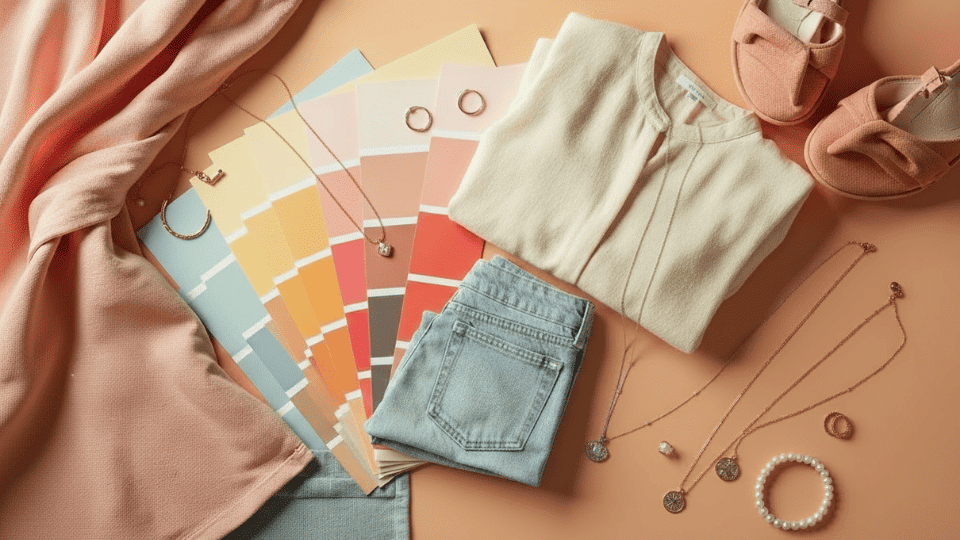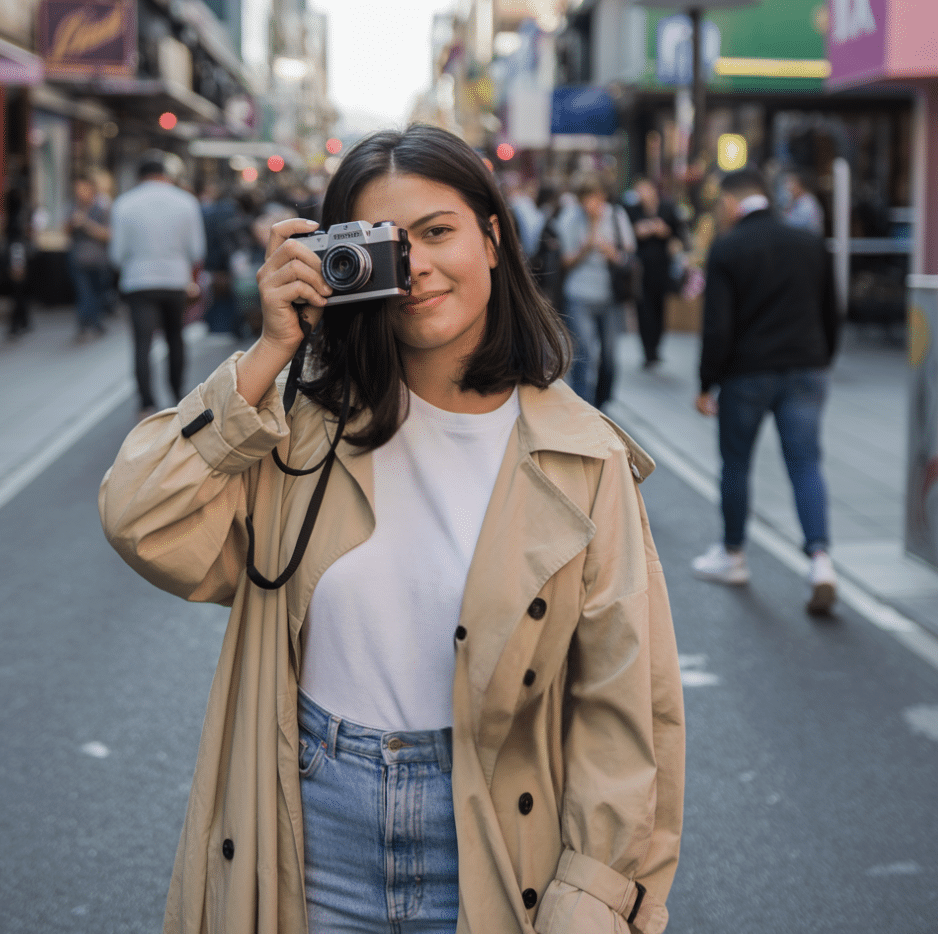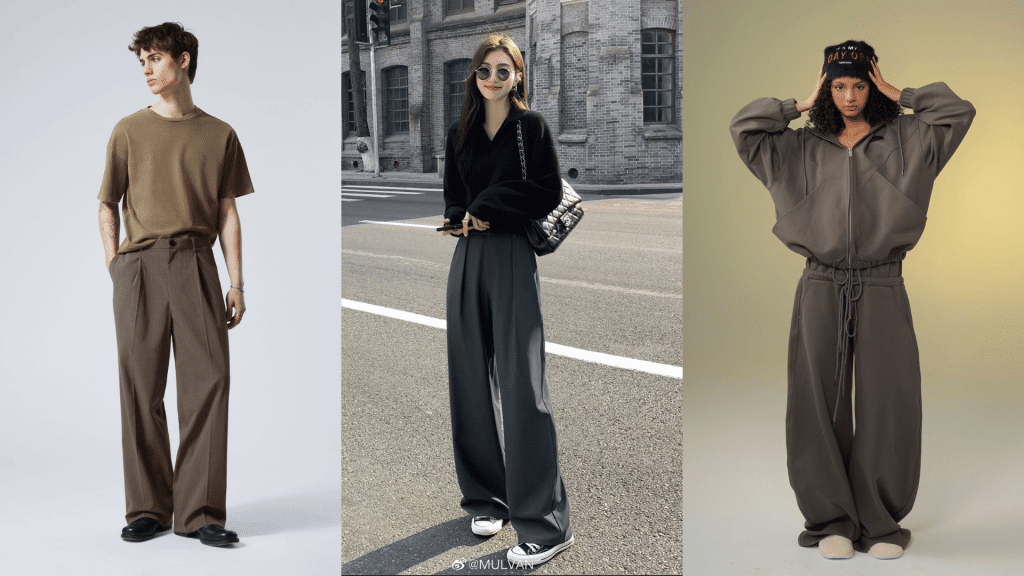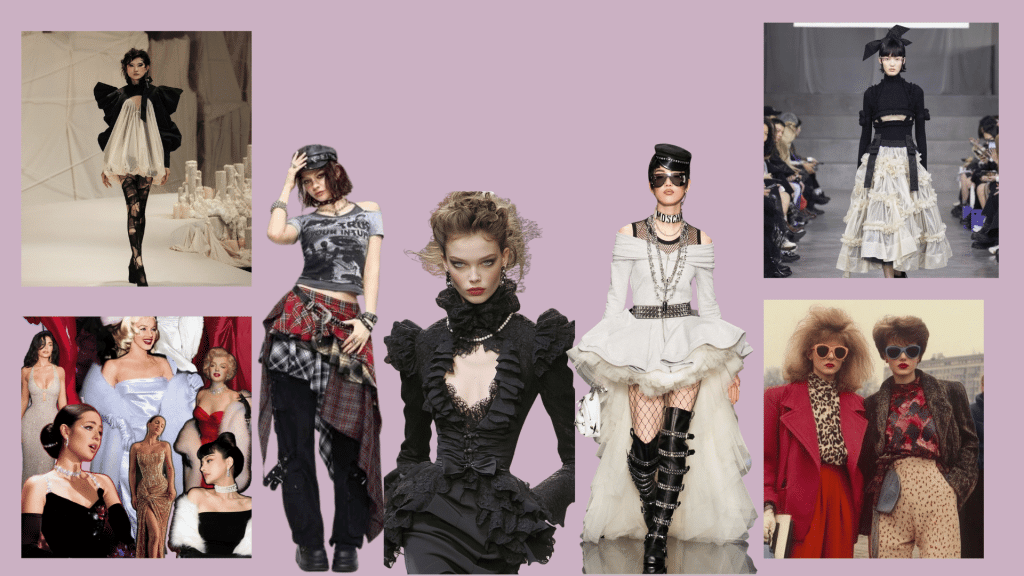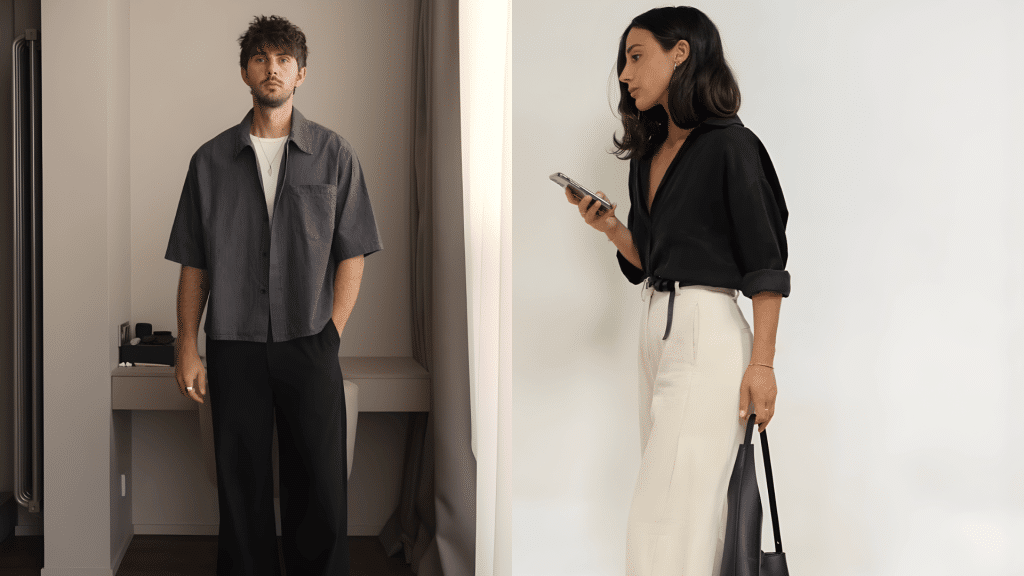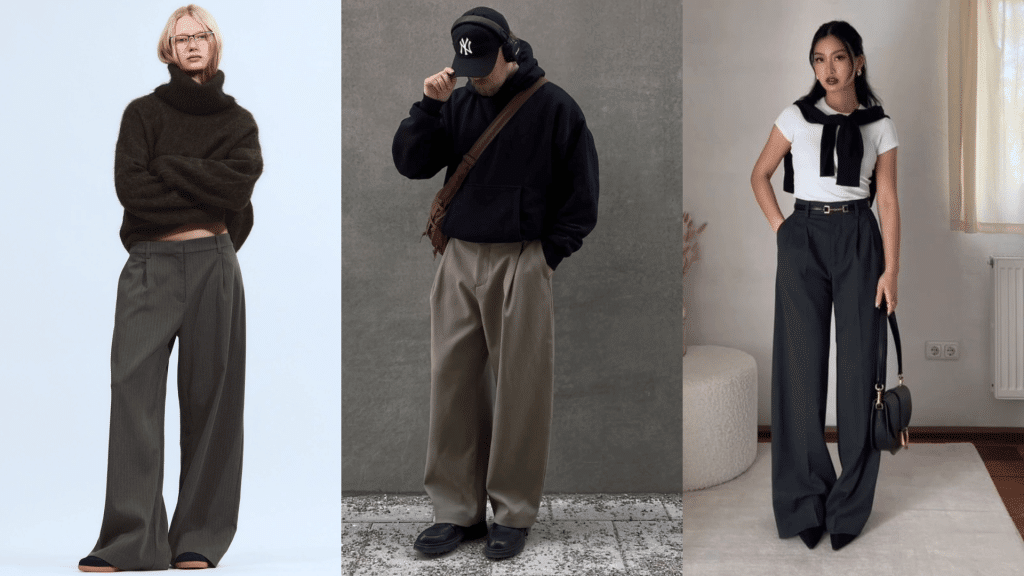Selecting the right colors for your wardrobe is a crucial yet often overlooked aspect of personal style.
When you ask, What colors should I wear, you’re learning that your color choices influence others’ perceptions and your feelings.
The right palette enhances your complexion, brightens your eyes, and creates a polished look. Inappropriate colors can detract from your radiance or cause unflattering contrasts.
This blog provides expert strategies to find your ideal palette, tailored to your skin undertones, hair color, and features, ensuring you look your best.
How Colors Influence First Impressions
Research in color psychology reveals that specific hues trigger subconscious responses in observers, making the question what colors should I wear crucial for creating the right impression.
In professional environments, strategic color choices can amplify your perceived expertise and leadership potential.
For instance, wearing navy blue and charcoal gray projects authority and trustworthiness, while burgundy and deep forest green suggest reliability and dependability. Crisp white conveys cleanliness and precision.
Understanding what colors I should wear becomes even more critical when you consider that these first impressions form within seconds and can significantly impact my professional relationships and opportunities.
The Role of Undertones in Complementing Natural Features
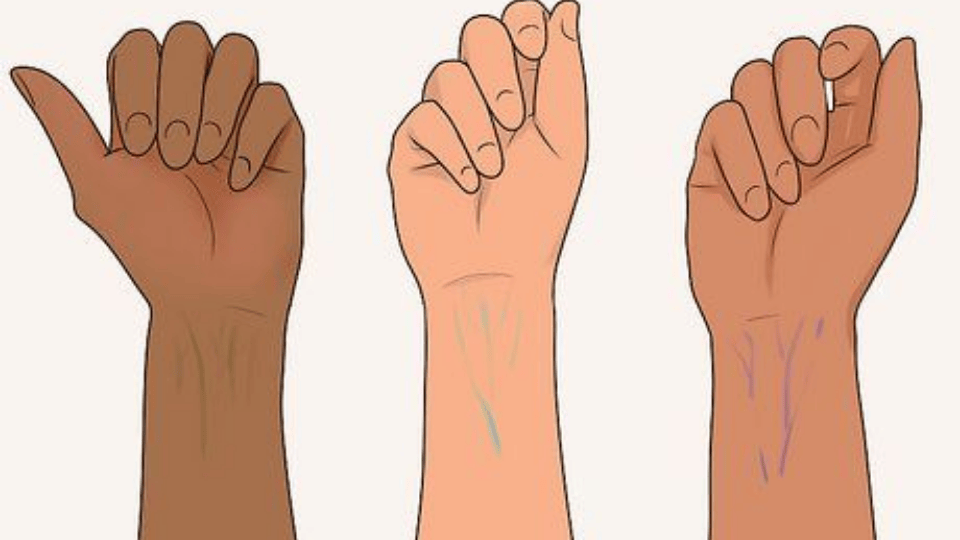
Understanding your skin’s undertone answers “what colors should I wear” and reveals which shades make you look radiant.
Cool undertones suit jewel tones like emerald and sapphire, while warm undertones complement earth tones like coral and yellow. Neutral undertones can wear both successfully.
What Is a Skin Undertone?
Many people confuse skin tone with skin undertone, but understanding this distinction is crucial for selecting flattering colors.
Skin tone refers to the surface color, which can be described as fair, medium, or deep, while undertone refers to a consistent hue beneath the surface, unaffected by the sun or seasons.
Think of undertone as your skin’s permanent foundation, influencing which colors complement your natural beauty.
The Three Main Undertones:
- Cool Undertones: Feature pink, red, or blue hues beneath the skin’s surface with a rosy or bluish cast to the complexion.
- Warm Undertones: Characterized by golden, peachy, or yellow hues with a golden or yellowish cast to skin.
- Neutral Undertones: Represent a balanced blend of both warm and cool elements, offering flexibility to wear both color families successfully.
How to Identify Your Undertone
Determining your undertone requires careful observation under natural lighting conditions. Artificial lighting can distort your perception, so always perform these tests near a window during daylight hours.
The Vein Test
Examine the veins on the inside of your wrist under natural light. This simple test provides one of the most reliable indicators of your undertone.
- Cool Undertones: Blue or purple veins
- Warm Undertones: Green veins
- Neutral Undertones: Blue-green veins or difficulty determining the color
If you have darker skin, the vein test may be less effective, as veins may be harder to see clearly.
The Jewelry Test
Consider which metal jewelry looks most flattering against your skin. This test works because metals have their own undertones that either harmonize or clash with your natural coloring.
- Cool Undertones: Silver, white gold, and platinum
- Warm Undertones: Gold, rose gold, and copper
- Neutral Undertones: If both metals look equally flattering, you likely have neutral undertones
How Your Skin Reacts to the Sun
Your skin’s response to sun exposure can provide additional clues about your undertone. This method takes into account your skin’s natural protective responses and tanning patterns.
- Cool Undertones: These individuals often burn easily and develop pink or red burns, with any resulting tan appearing ashy or taupe.
- Warm Undertones: Typically tan more easily and develop golden, bronze, or honey-colored tans with quick recovery from burns.
- Neutral Undertones: Fall between extremes with moderate burning and tans that don’t lean strongly warm or cool.
Best Colors for Each Undertone
Choosing colors that harmonize with your undertones creates an effortless, polished appearance that increases your natural beauty.
1. Cool Undertones
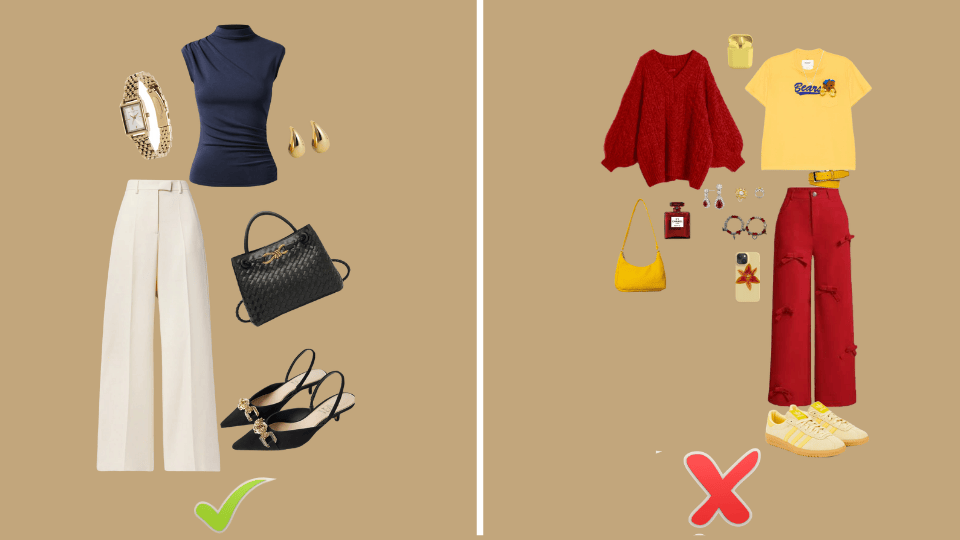
Pink, red, or blue hues beneath the skin surface. Highlighted by colors with similar cool bases that create harmony with natural coloring.
- Colors to Wear: Jewel tones (sapphire, emerald, amethyst), true red, cherry red, royal blue, navy blue, classic black, pure white
- Colors to Avoid: Orange-based reds, golden yellows, warm browns with yellow undertones
2. Warm Undertones
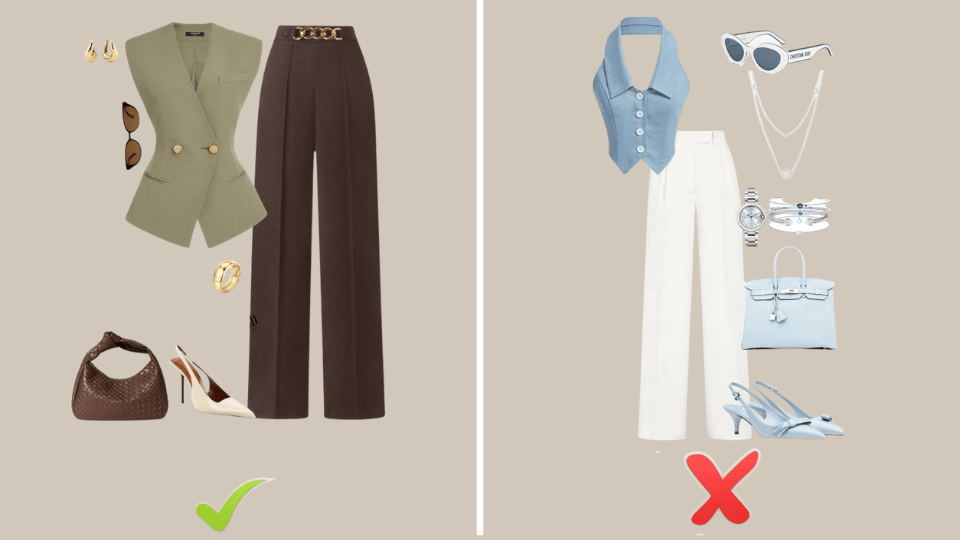
Golden, peachy, or yellow hues beneath the skin surface. Complemented by earth-inspired colors that echo natural warmth.
- Colors to Wear: Golden yellow, mustard, warm ivory, olive green, forest green, moss green, camel, chocolate brown, cognac
- Colors to Avoid: Icy blues, stark white, colors with blue undertones
3. Neutral Undertones
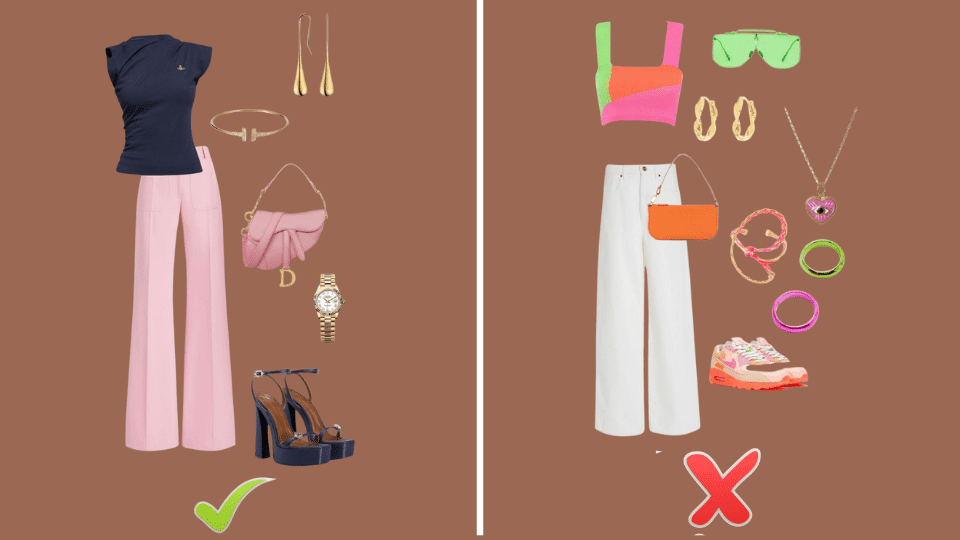
Balanced blend of warm and cool elements. Offers the greatest flexibility in color choices, allowing you to wear both warm and cool palettes successfully.
- Colors to Wear: Teal, blush pink , navy blue
- Colors to Avoid: Neon and pale white shades
Matching Colors With Hair and Eye
While undertones provide the foundation for color selection, your hair and eye colors add complexity to the process of determining which colors to wear.
These features work with your undertones to create a comprehensive color profile that guides your most flattering choices.
Hair Color
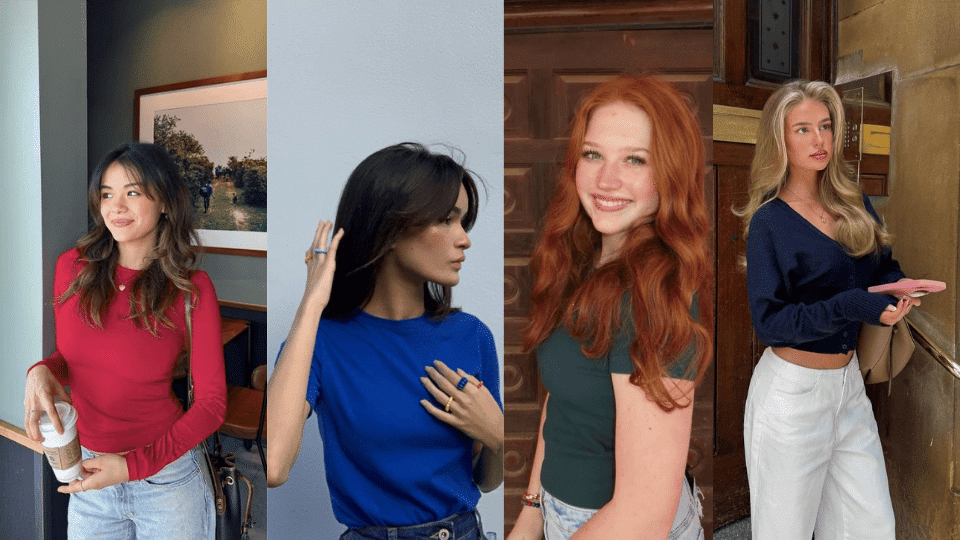
Your natural hair color frames your face and greatly impacts the clothing colors that suit you best. The goal is to choose colors that complement rather than clash with your hair’s natural shades.
Blondes
- Soft pastels echo light, soft coloring without overwhelming natural subtlety
- Navy provides excellent contrast while remaining raw
- Warm earth tones like camel and soft browns create beautiful, natural combinations
Brunettes
- Bold jewel tones like sapphire, emerald, and deep purple create striking combinations
- Rich reds complement the warmth often found in brown hair
- Can handle dramatic color choices that would overwhelm lighter hair colors
Redheads
- Rich greens create complementary contrast that highlights red tones
- Warm browns and ivory provide harmonious, earthy combinations
- Teal offers a modern option, bridging cool and warm tones perfectly
Black Hair
- Contrasting brights like electric blue or fuchsia create stunning combinations
- Classic jewel tones provide a graceful look
- Crisp black and white creates evergreen, powerful looks matching hair’s intensity
Eye Color
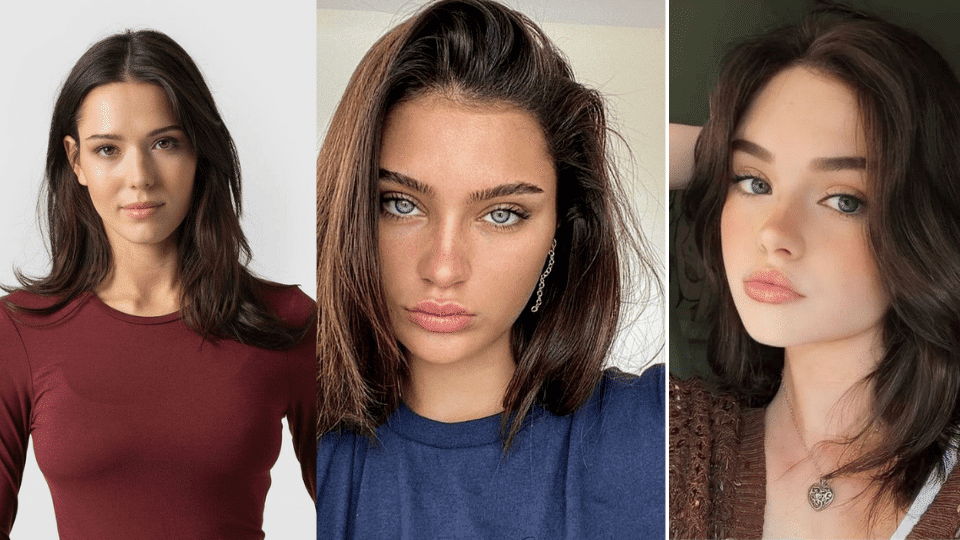
Your eye color provides another opportunity to create harmonious color relationships. Selecting clothing colors that complement your eye color can make it appear more lively and striking.
Blue Eyes
- Soft blues in similar tones create a monochromatic vibe
- Warm browns provide a beautiful contrast, making blue eyes appear more intense
- Grays offer neutrals, allowing blue eyes to be the focal point
Green/Hazel Eyes
- Rich greens in deeper or complementary tones highlight green elements
- Purples create a stunning contrast that makes green eyes pop
- Earthy tones like warm browns and deep golds complement golden flecks in hazel eyes
Brown Eyes
- Warm neutrals like camel and cream create soft, harmonious looks
- Deep blues provide a striking contrast with a warm, neutral base
- Burgundy and wine colors complement warmth while adding depth
Seasonal Color Analysis: What Colors Should I Wear?
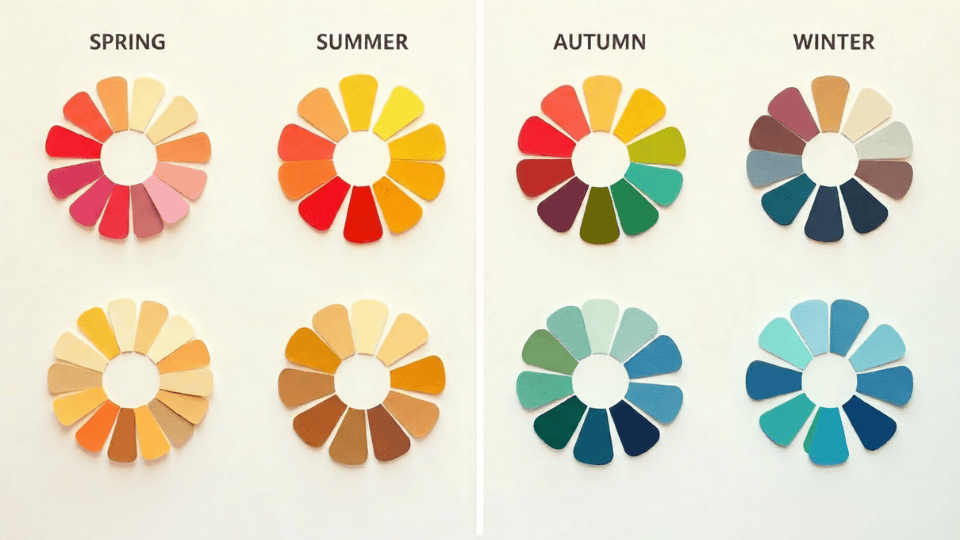
Seasonal color analysis takes a holistic approach by combining your undertones, hair color, and eye color into one of four distinct seasonal palettes that provide a complete roadmap for your most flattering colors.
What Is Seasonal Color Analysis?
This 1980s method classifies people into four seasonal types: Spring, Summer, Autumn, or Winter, based on temperature (warm or cool) and intensity (light or deep).
It recognizes natural color combinations in nature and human features. Identifying your season grants access to a palette that enhances your features and creates harmony.
How It Connects Skin, Hair, and Eye Color:
- The system evaluates the temperature of your coloring (warm golden/yellow undertones versus cool pink/blue undertones)
- It assesses the depth and intensity of your natural features (light and delicate versus deep and dramatic)
- Each seasonal palette contains colors that share the same temperature and intensity characteristics as your natural coloring
Seasonal Color Palettes
Each seasonal palette contains 30-40 harmonious colors that flatter your natural coloring. Understanding your season helps you choose colors that enhance your best features.
| SEASON | BEST COLORS | KEY FEATURES |
|---|---|---|
| Spring | Coral, turquoise, golden yellow, warm pinks, camel | Warm, light, clear colors with a fresh, lively quality |
| Summer | Lavender, dusty pastels, soft gray, powder blue | Cool, soft, muted colors with a gentle, hazy quality |
| Autumn | Rust, chocolate brown, olive green, deep gold | Warm, deep, earthy colors with a rich, golden quality |
| Winter | Royal blue, emerald green, pure white, jewel tones | Cool, bold, high-contrast colors with dramatic intensity |
Your seasonal palette becomes your personal color roadmap. Stick to your season’s colors for consistently flattering, harmonious looks.
Practical Tips for Building a Wardrobe
Creating a successful wardrobe around your optimal color palette requires strategic planning and thoughtful selection.
Focusing on colors that highlight your features and asking ‘what colors should I wear’ helps create a cohesive collection where each piece works together, maximizing options and reducing decision fatigue.
- Neutral Selection: Select 3-4 neutral colors that work together as your wardrobe foundation
- Use the 60-30-10 rule: 60% neutral base, 30% secondary colors, 10% bold statement pieces
- Pre-Existing: Ensure every new purchase works with at least 3-4 existing pieces in your closet
- Layering: Layer statement colors through accessories, scarves, or jewelry for maximum versatility
- Professional settings: Use deeper, more saturated versions of your most flattering colors
- Casual settings: Experiment with lighter, brighter versions of the same color families
Conclusion
Finding your optimal color palette represents a crucial step toward highlighting your natural beauty and building confidence.
If you’ve ever wondered, what colors should I wear, understanding your undertones, seasonal palette, and natural features provides the foundation for informed wardrobe decisions.
I encourage you to test different shades in natural light, notice which colors attract compliments, or even try professional color analysis.
Start small with experiments like trying new lipstick or scarf before making bigger changes. Your perfect palette is waiting, and wearing colors that suit you can boost your look and confidence.

